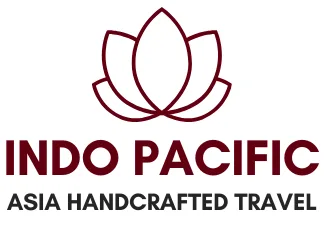article content
Discover the Beauty of Sapa, Vietnam: A Journey into Nature and Culture
Nestled in the northern highlands of Vietnam, Sapa is a charming town that captivates visitors with its cool climate, majestic mountain views, and vibrant ethnic cultures. Located in Lao Cai Province, near the border with China, Sapa has become a must-visit destination for those seeking both adventure and cultural immersion.
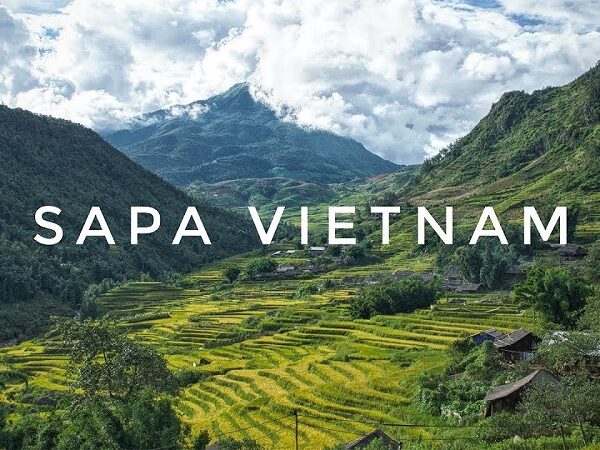
Magnificent Scenery and Iconic Rice Terraces
Sapa is renowned for its postcard-worthy landscapes, especially the cascading rice terraces that blanket the hillsides. Crafted over centuries by ethnic minorities like the Hmong and Dao, these fields transform beautifully with the seasons—from vivid green in summer to golden hues during harvest. The ideal time to witness their full splendor is between August and early October.
A trek through Muong Hoa Valley or the serene villages of Ta Van and Lao Chai not only offers stunning views but also an intimate look into the daily life of local farmers.
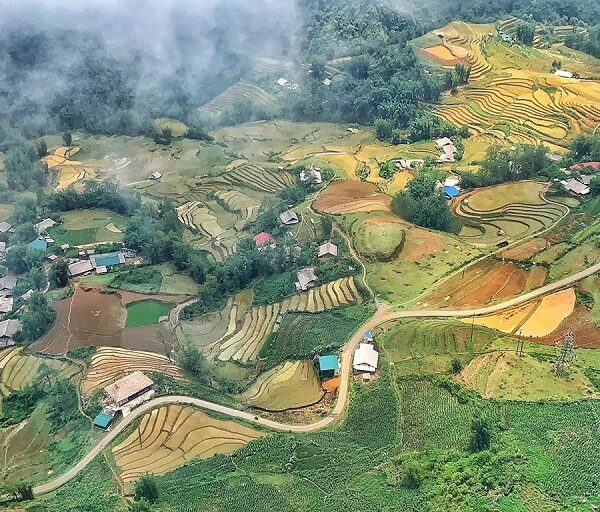
Reach New Heights on Fansipan – The Roof of Indochina

Towering at 3,143 meters, Mount Fansipan stands as the tallest peak in Vietnam and all of Indochina. For hiking enthusiasts, reaching the summit is a challenging yet rewarding multi-day adventure. Alternatively, the modern cable car provides a thrilling ride through the clouds, revealing majestic views of the Hoang Lien Son mountain range.
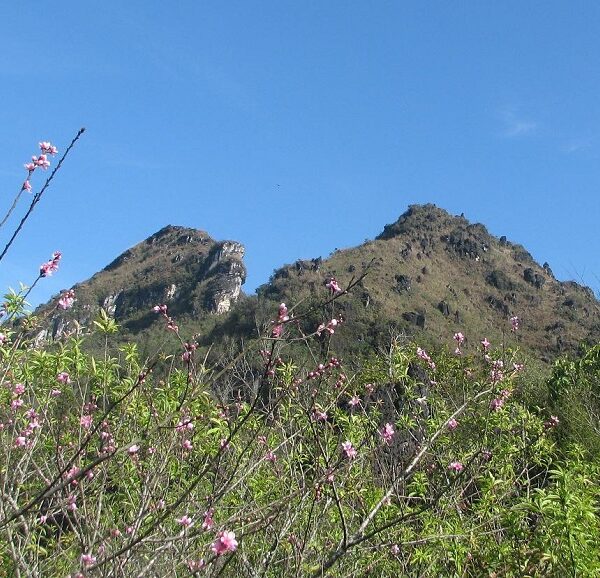
At the summit, visitors are welcomed by spiritual temples, grand Buddha statues, and panoramic scenery that is especially magical at dawn or dusk.
Meet Sapa’s Diverse Ethnic Communities
The town is a cultural mosaic, home to various ethnic groups such as the Hmong, Red Dao, Tay, and Giay. These communities maintain rich traditions, colorful attire, and unique customs. Visiting bustling markets like Sapa Market or Bac Ha Sunday Market offers a glimpse into their way of life and a chance to purchase handmade textiles, silver jewelry, and traditional herbal products.
Staying in a local homestay is another meaningful way to connect with the culture—many hosts welcome guests with home-cooked meals and heartfelt hospitality.
Savor the Unique Taste of Sapa
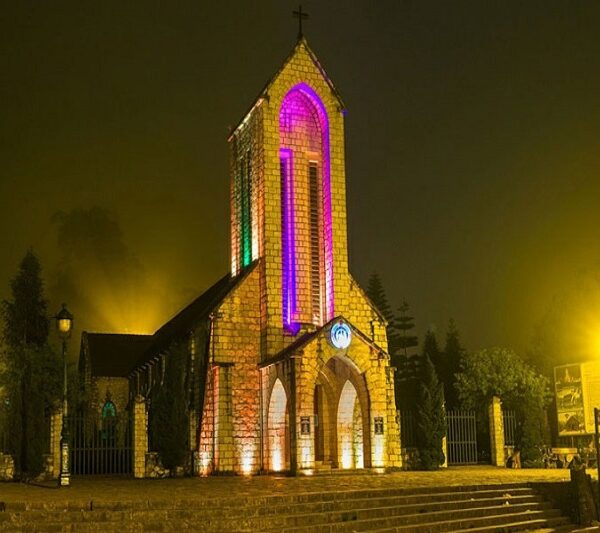
The flavors of Sapa are deeply rooted in its highland heritage. Local dishes like “thang co” (a traditional Hmong stew), sticky rice, grilled meats, and indigenous black chicken reflect both the region’s climate and cultural influences. Hotpot meals are a favorite during cold evenings, especially when shared with local corn wine.
Thanks to the cold mountain waters, Sapa is also famous for its fresh salmon and sturgeon hotpots—a must-try for any foodie.
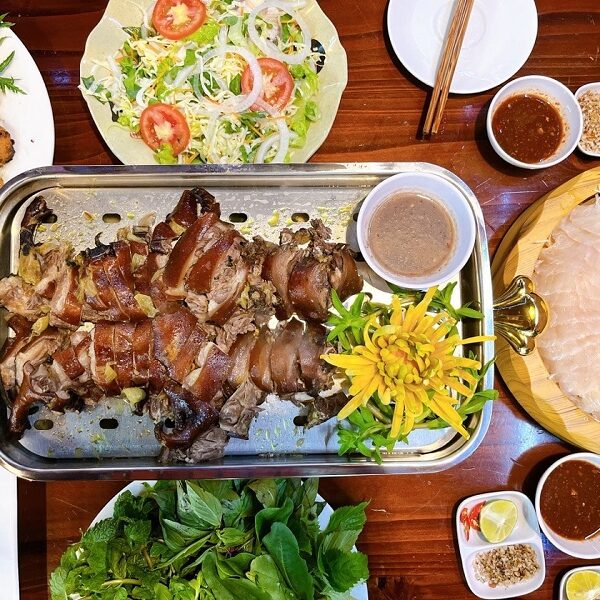
Travel Tips for Visiting Sapa
- Best Time to Visit: March to May for clear skies and cool weather, or September to November for golden rice terraces.
- Getting There: Travel by overnight train or bus from Hanoi to Lao Cai, then continue to Sapa by car or minibus.
- Packing Essentials: Dress in layers to stay comfortable in Sapa’s unpredictable weather.
- Footwear Advice: Durable walking or hiking shoes are essential for exploring the hilly terrain and local trails.
- Cultural Respect: Always ask before taking photos of locals in villages, and consider supporting their livelihoods by buying handmade goods or booking guided treks.

